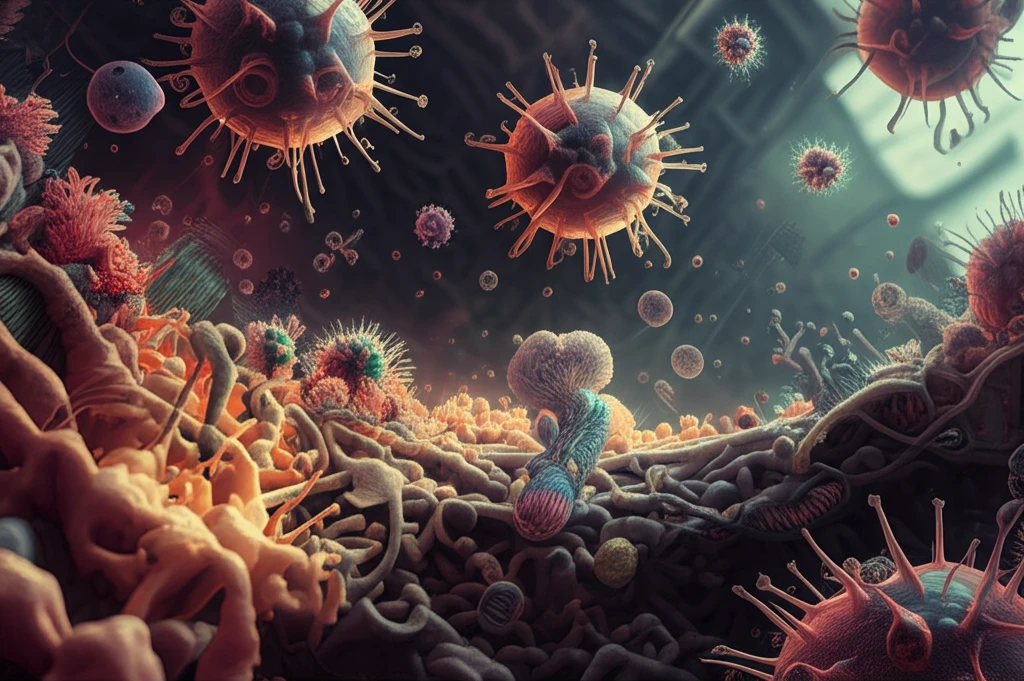
Decoding the Viral Code: How Coronavirus Polymerases Hold the Key to Future Treatments
"Unlocking the secrets of coronavirus polymerases is crucial in the ongoing fight against current and future pandemics. Discover innovative approaches to tackle COVID-19 and similar viruses."
Viral diseases have shaped human history, with their impact ranging from minor inconveniences to devastating global crises. The severity of these infections underscores the urgent need for effective treatments and preventive measures. Among the most concerning pathogens are coronaviruses (CoVs), a family of viruses known for causing respiratory, enteric, hepatic, and neurological diseases across various species.
Human coronaviruses (HCoVs) are responsible for a spectrum of respiratory illnesses, from the common cold to severe conditions like pneumonia and bronchitis. The rapid evolution of HCoVs, driven by factors like urbanization and intensive poultry farming, has facilitated cross-species transmission and genomic recombination, posing a continuous threat to public health. Six HCoVs have been identified to date, including the notorious SARS-CoV, MERS-CoV, and other strains that contribute significantly to common cold infections.
The emergence of severe acute respiratory syndrome (SARS) and Middle East respiratory syndrome (MERS) in the 21st century highlighted the deadly potential of coronaviruses. These conditions, marked by pneumonia, fever, and respiratory distress, have caused significant mortality and global concern. Understanding the intricacies of these viruses, particularly their replication mechanisms, is crucial for developing targeted antiviral therapies.
The Crucial Role of Viral Polymerases

Like all viruses, coronaviruses rely on specific enzymes to replicate and spread within their hosts. Viral polymerases, responsible for viral genome replication and transcription, have become attractive targets for antiviral drug development. Disrupting the activity of these enzymes can effectively halt viral multiplication, providing a pathway to combat infections.
- Inhibiting viral proteases blocks the production of RdRP and helicase.
- This disruption effectively prevents replication and transcription of the CoV genome.
- Drug discovery efforts are focused on identifying compounds that selectively target these viral enzymes.
Future Directions in Coronavirus Research
Continued research into the structure, function, and inhibition of coronavirus RdRP is essential for developing effective antiviral therapies. Understanding the mechanisms by which these enzymes operate and identifying compounds that can selectively disrupt their activity could revolutionize our approach to combating coronaviruses and mitigating the impact of future pandemics. The structural information of SARS-CoV RdRP has unveiled critical information, which can be extended in general to all HCoV RdRPs. The inhibition of HCOV RdRPs is a potential pharmacological intervention for the therapy of diseases caused by HCoV infection. The structural information can be very useful for design and development of many small molecule inhibitors of HCoV RdRP. However, the success in this direction still demands more information about CoV RdRP.
